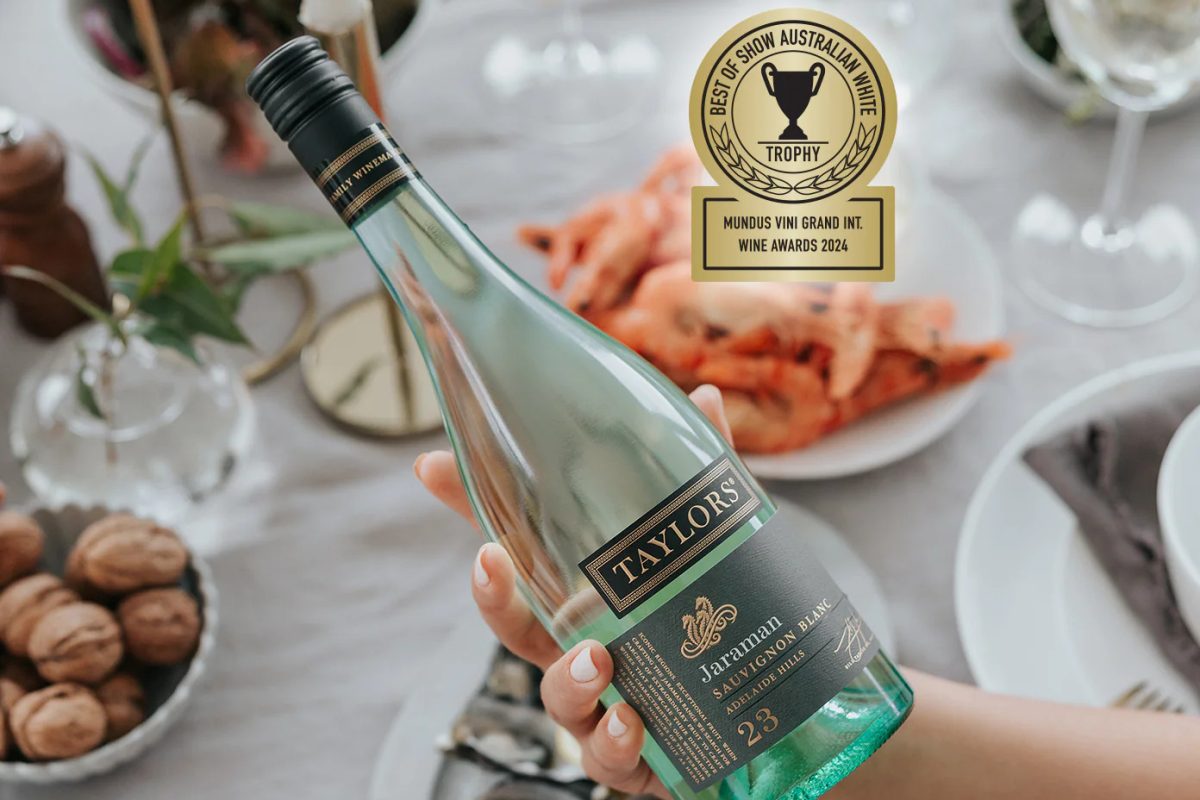
WHEN you catch up with a friend for the first time in a while, it’s good to have a celebratory bubbly.
We chose one of three sparkling wines on the list at Kri-Kri, a Greek restaurant in Little Bourke Street, Melbourne. It came with a give-away fancy closure designed by Georg Jensen. It was a non-vintage Hallmark cuvee produced by Heemskerk, a Tasmanian winery. The Hallmark is made from a blend of the traditional sparkling grape varieties, chardonnay and pinot noir. It is a pleasant, straw-coloured wine with a good clean acidic finish and a hint of citrus. The winery takes its name from the flagship of Abel Tasman.

The wine was poured into two small coupes, a glass that I hadn’t seen in use for a long time.
“Marie Antoinette’s breasts”, I said.
“What?” said the waitress and my friend at the same time, as if we were rehearsing a play, both of them giving me an arch look.
“Legend has it that Marie Antoinette had a champagne glass moulded in the shape of her left breast so that the court could toast her bountiful health.”
“Bit small,” said the waitress as she poured the wine.
“A perfect mouthful, maybe…”
But alas, on my return to Canberra, my research shows that legend it indeed was, although Marie Antoinette did have porcelain bowls for milk moulded from her breasts. This focus on the breast was an attempt to get noblewomen to feed their babies naturally. These bowls are called Jatte Teton and come mounted on a goat-headed tripod stand.
And the coupe glass is out of favour because it just doesn’t do justice to fizz. The large surface area of coupe glasses means the bubbles pop off far too quickly so the better choice is a flute.
As we clinked glasses, toasting to a friendship of more than 40 years, another legend comes to mind.
“Do you know where that custom comes from, the clinking of glasses?
“Is this another legend?”
“Yes. I understand that the Medici family, you know Florence in the 1500s, were big into both wine drinking and poisoning their enemies. They invented a colourless, tasteless poison that was added to wine.
“So, the legend goes that when a toast was made, the guests would stand in a circle and clink glasses sharing the wine by pouring some from their glass into their neighbour’s come poison or not. I think the related legend is that the Renaissance host would pour a little of the guest’s wine into his glass to show that there was no deathly intention. But if the guest wanted to show that he trusted the host he would just clink glasses with him.”
And, on further research, that seems to be incorrect as well. Apparently, the custom of glass clinking just evolved from communal drinking. When communal drinking ended, the touching of glasses occurred so that we could maintain a connection with others. Just like ensuring we stay connected with old friends, really.
Who can be trusted?
In a world of spin and confusion, there’s never been a more important time to support independent journalism in Canberra.
If you trust our work online and want to enforce the power of independent voices, I invite you to make a small contribution.
Every dollar of support is invested back into our journalism to help keep citynews.com.au strong and free.
Thank you,
Ian Meikle, editor




Leave a Reply